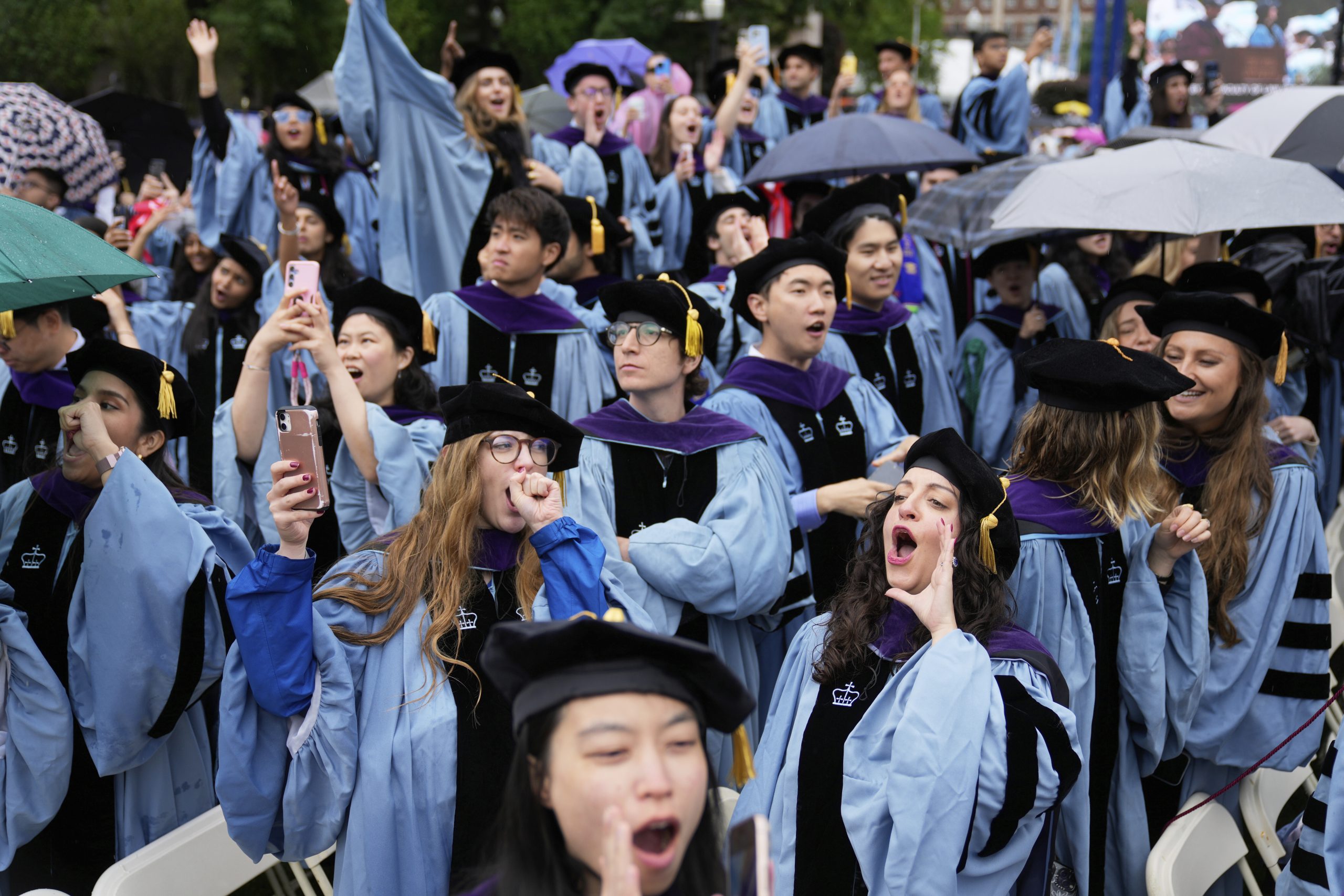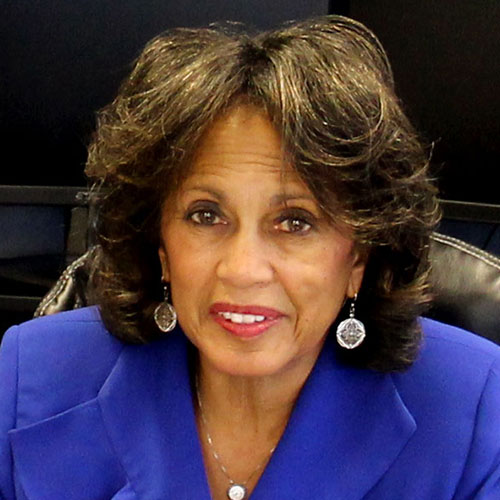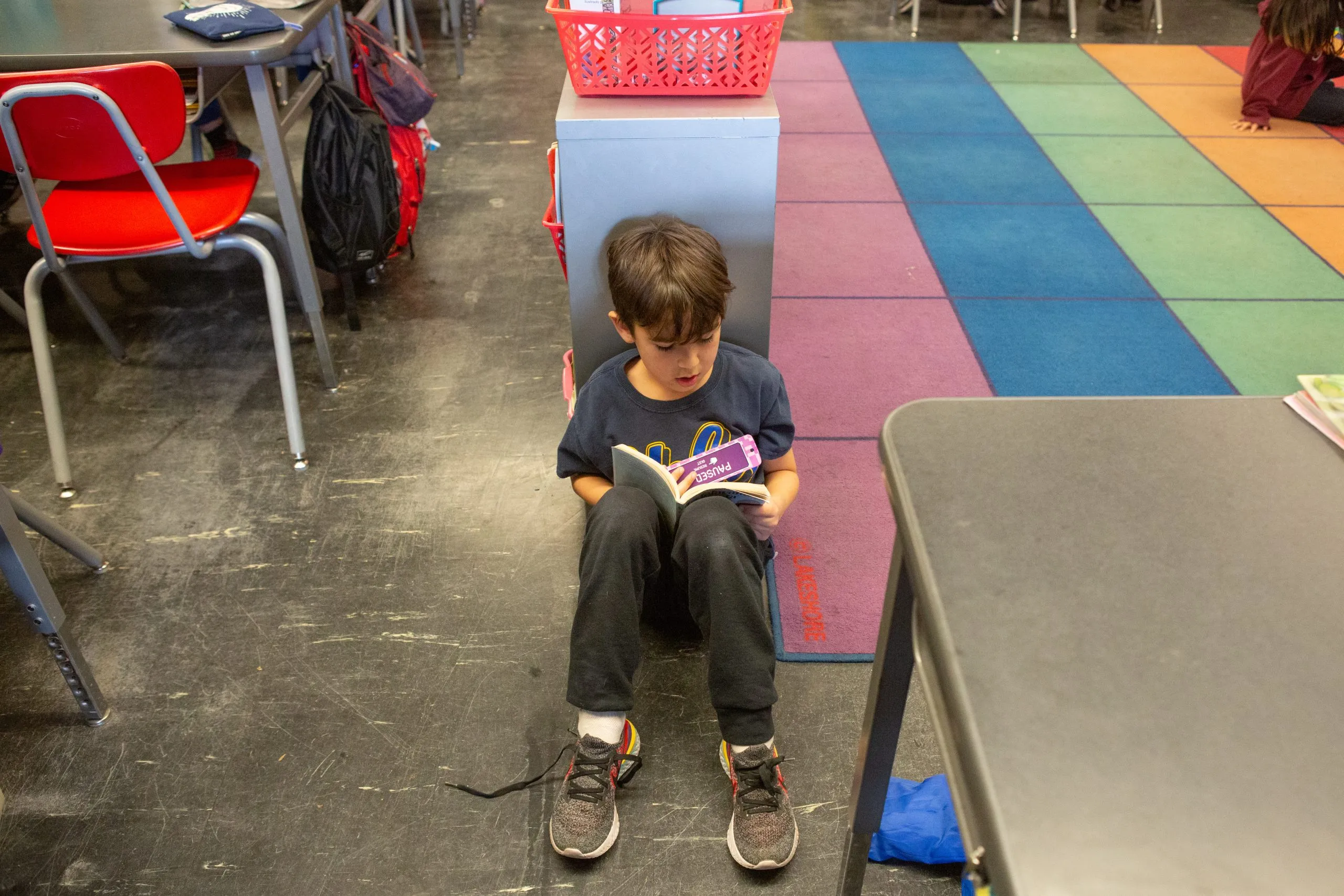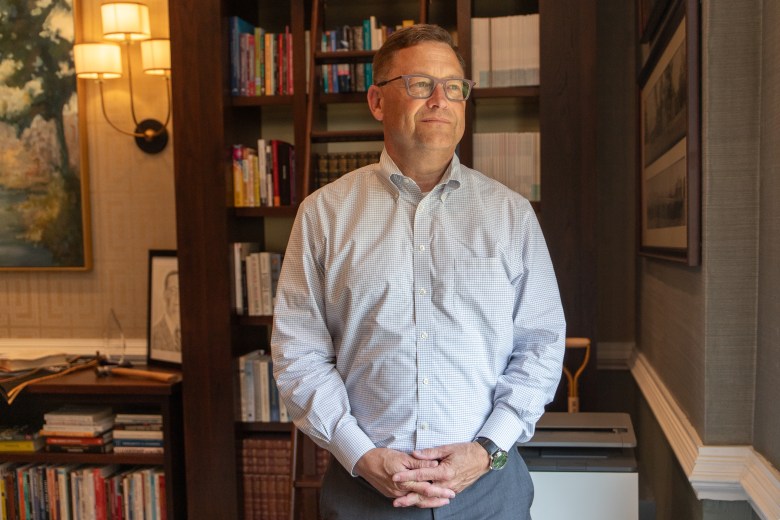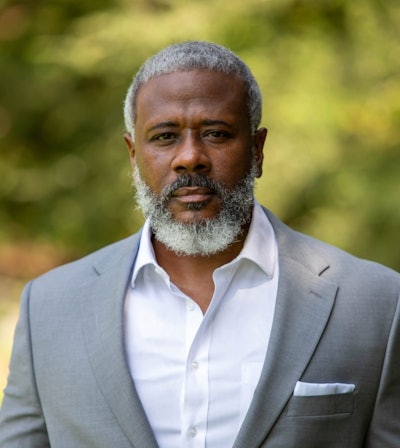by Jon Marcus, The Hechinger Report
December 4, 2025
Brown University, one of the most selective institutions in America, attracted nearly 50,000 applicants who vied for just 1,700 freshman seats last year.
The university accepted nearly equal numbers of male and female prospects, even though, like some other schools, it got nearly twice as many female applicants. That math meant it was easier for male students to get in — 7 percent of male applicants were admitted, compared to 4.4 percent of female applicants, university data show.
The Trump administration’s policies may soon end that advantage that has been enjoyed by men, admissions and higher education experts say.
While much of the president’s recent scrutiny of college admissions practices has focused on race, these experts say his ban on diversity, equity and inclusion is likely to hit another underrepresented group of applicants: men, and particularly white men — the largest subset of male college applicants.
“This drips with irony,” said Ted Mitchell, president of the American Council on Education, or ACE, the nation’s largest association of universities and colleges, who said he expects that colleges and universities are ending consideration of gender in admission. “The idea of males, including white males, being at the short end of the stick all of a sudden would be a truly ironic outcome.”
Related: Interested in more news about colleges and universities? Subscribe to our free biweekly higher education newsletter.
For years universities and colleges have been trying to keep the number of men and women on campuses evened out at a time when growing numbers of men have been choosing not to go to college. Some schools have tried to attract more men by adding football and other sports, promoting forestry and hunting programs and launching entrepreneurship competitions.
Nationwide, the number of women on campuses has surpassed the number of men for more than four decades, with nearly 40 percent more women than men enrolled in higher education, federal data show.
Efforts to admit applicants at higher rates based on gender are legal under a loophole in federal anti-discrimination law, one that’s used to keep the genders balanced on campuses.
But the Trump administration has consistently included gender among the characteristics it says it does not want schools to consider for admissions or hiring, along with race, ethnicity, nationality, political views, sexual orientation, gender identity or religious associations. The White House has so far largely not succeeded in its campaign to press a handful of elite schools to agree to the terms and sign a wide-ranging Compact for Academic Excellence in Higher Education in exchange for priority consideration for federal funding.
“The racial parts have gotten a lot more attention, but I know from having spoken with practitioners who work in college admissions, they have read very clearly that it says ‘race and gender,’” in the administration’s pronouncements about ending preferences in admission, said Shaun Harper, founder and chief research scientist at the University of Southern California Race and Equity Center.
“What I think they don’t understand is that taking away the ability of colleges and universities to balance the gender composition of their incoming classes will ultimately have an impact on the college enrollment rates of white males,” Harper said. “It is likely to impact them the most, as a matter of fact.”
At some private colleges, male applicants are more likely to get in
| School | % of males admitted | % of females admitted |
| Brown University | 7.0 | 4.4 |
| University of Chicago | 5.6 | 3.7 |
| Yale University | 4.6 | 3.4 |
| University of Miami | 22.5 | 16.5 |
| Middlebury College | 12.2 | 9.6 |
| Baylor University | 56.8 | 47.9 |
| Pomona College | 7.6 | 6.7 |
| Tulane University | 14.9 | 13.4 |
| Vassar College | 20.4 | 17.6 |
SOURCE: Hechinger Report calculations from universities’ Common Data Sets
Agreements that the administration has reached with Brown, Columbia and Northwestern universities to settle allegations of antisemitism discrimination also include language about gender.
In a statement announcing the Brown deal in July, Education Secretary Linda McMahon promised that “aspiring students will be judged solely on their merits, not their race or sex.”
Asked if that meant male applicants would no longer be admitted at higher rates than female applicants — which has helped Brown keep its undergraduate enrollment at almost exactly 50-50, even with twice as many female applicants — spokesman Brian Clark said, “We have made no changes to our admissions practices in this regard.”
The Trump administration has also vowed to make all higher education institutions submit details about the students they admit, including their gender, to find out whether they’re “discriminating against hard working American” prospective students, McMahon said in another statement.
Spokespeople for the Department of Education did not respond to questions about whether advantages in admission based on gender will be scrutinized in the same way as purported advantages based on race.
Related: Inaccurate, impossible: Experts knock new Trump plan to collect college admissions data
Universities are looking at the administration’s edicts “and they’re saying, ‘Well, we’d rather be cautious than stick our neck out’” by continuing to give advantages to male applicants, said ACE’s Mitchell, who was undersecretary of education under President Barack Obama. “I think we will see people dropping gender preferences, even though it is still within the law.”
Colleges that have been accepting men at higher rates are trying to avoid a marketing problem they fear will happen if their campuses become too female, said Madeleine Rhyneer, who headed admissions offices at four private universities and colleges and is now vice president of consulting services and dean of enrollment management for the education consulting firm EAB. Colleges worry, “Will men look at that and think, ‘That’s essentially a women’s college, and I don’t want to go there’?”
Related: Universities and colleges search for ways to reverse the decline in the ranks of male students
“For the Browns and Columbias and highly selective and very competitive institutions, it is a problem,” Rhyneer said. “They want to create what feels like a balanced climate.”
The results of ending this practice could be dramatic, experts predict. In 2023, the most recent year for which the figure is available, 817,035 more women than men applied to universities and colleges, federal data show. Boys also have lower mean scores on the SAT in reading and writing, score lower overall on the ACT and have lower grade point averages in high school.
“If we were going to eliminate preferences for men, the undergraduate population would skew to 65 percent female overnight,” Mitchell said.
Rick Hess, director of education policy studies at the right-leaning think-tank the American Enterprise Institute, pointed out that similar predictions were made after the 2023 Supreme Court decision effectively ending affirmative action based on race.
At the time, he said, colleges spoke “in apocalyptic terms of the implications for the racial composition of student bodies.” But the number of Black and Hispanic students enrolled at universities and colleges the next year rose, according to the National Student Clearinghouse Research Center. Then, said Hess, “there was a lot of, ‘Never mind.’”
The country’s top 50 private colleges and universities have 2 percentage points more male undergraduates than the top 50 flagship public universities, which do not consider gender in admission, according to research by Princeton economist Zachary Bleemer. He said this suggests that at least some are putting a thumb on the scale for male applicants.
Columbia took 3 percent of women applicants last year and 4 percent of men. At the University of Chicago, 5.6 percent of male applicants were accepted last year, compared to 3.7 percent of female applicants. The ratio at the University of Miami was 22.5 percent to 16.5 percent; and at Vassar College, 20.4 percent to 17.6 percent.
Besides Brown, none of these universities would respond when asked if they will continue to accept higher percentages of men than women, Neither would others that do it, including Yale, Baylor and Tulane universities and Pomona College.
Private institutions are allowed to consider gender in admission under Title IX, the federal law otherwise banning discrimination by universities and colleges that get federal funding. That’s due to a loophole dating from when the law was passed, in 1971.
At the time, the gender ratio was exactly reversed, and men outnumbered women on campuses by nearly three to two. One of the universities’ congressional allies, Rep. John Erlenborn, R-Illinois, successfully amended the measure to let private colleges and universities continue to consider gender in admission.
Erlenborn said at the time that forcing colleges to stop considering gender would be “one more giant step toward involvement by the federal government in the internal affairs of institutions of higher education.”
There’s little ambiguity for admissions offices now, said USC’s Harper.
“It says here, in writing, ‘no discrimination on the basis of race and gender,’” he noted. “It says that explicitly.”
Contact writer Jon Marcus at 212-678-7556, [email protected] or jpm.82 on Signal.
This story about men in college was produced by The Hechinger Report, a nonprofit, independent news organization focused on inequality and innovation in education. Sign up for our higher education newsletter. Listen to our higher education podcast.
This <a target=”_blank” href=”https://hechingerreport.org/an-unexpected-target-of-federal-college-admissions-scrutiny-men/”>article</a> first appeared on <a target=”_blank” href=”https://hechingerreport.org”>The Hechinger Report</a> and is republished here under a <a target=”_blank” href=”https://creativecommons.org/licenses/by-nc-nd/4.0/”>Creative Commons Attribution-NonCommercial-NoDerivatives 4.0 International License</a>.<img src=”https://i0.wp.com/hechingerreport.org/wp-content/uploads/2018/06/cropped-favicon.jpg?fit=150%2C150&ssl=1″ style=”width:1em;height:1em;margin-left:10px;”>
<img id=”republication-tracker-tool-source” src=”https://hechingerreport.org/?republication-pixel=true&post=112505&ga4=G-03KPHXDF3H” style=”width:1px;height:1px;”><script> PARSELY = { autotrack: false, onload: function() { PARSELY.beacon.trackPageView({ url: “https://hechingerreport.org/an-unexpected-target-of-federal-college-admissions-scrutiny-men/”, urlref: window.location.href }); } } </script> <script id=”parsely-cfg” src=”//cdn.parsely.com/keys/hechingerreport.org/p.js”></script>

